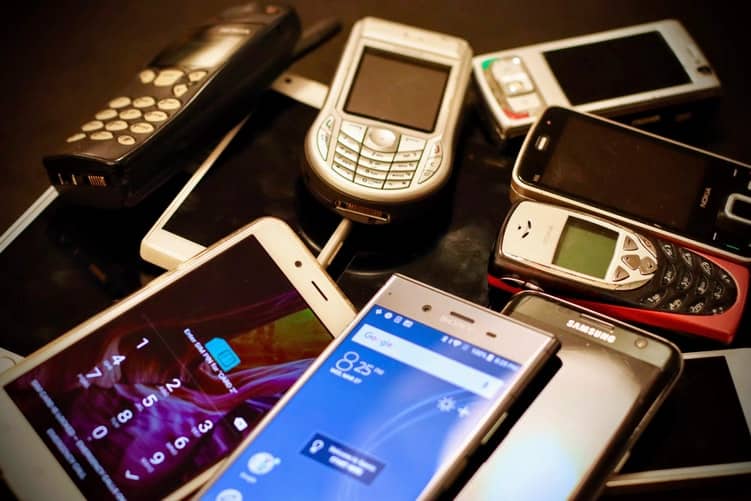Groupe Spécial Mobile Association (GSMA), the umbrella body of mobile operators globally, has formed a global coalition involving telecommunications operators, phone manufacturers, and financial institutions, among others, to bring down the cost of mobile phones in low- and middle-income countries (LMICs) in Africa and Asia.
Members of the coalition include telecom operators MTN Group, Orange, Vodafone, Ethio Telecom, and device makers such as Huawei, ZTE, Honor, among others. Financial institutions involved include the International Finance Corporation (IFC) and the World Bank.
According to a statement from the GSMA, the coalition, which also includes device ecosystem players like Google, Intelligra, and M-Kopa, among others, will work together to reduce the cost of entry-level smartphones. The GSMA cited device affordability as a major issue, noting that approximately 3 billion people, or 38% of the global population, live in areas covered by mobile broadband but do not use mobile internet services. This “usage gap” deprives individuals of access to essential information and services.
“In LMICs, mobile broadband remains the primary, and often the only way, of accessing the internet. Despite widespread awareness of digital services, one of the main barriers remains the affordability and accessibility of internet-capable devices. In LMICs, entry-level mobile devices typically consume 16% of monthly incomes on average, with this figure rising to 44% for the poorest 40% and 55% for the poorest 20% of the population,” the GSMA stated.
Handset affordability is not a new issue as companies have been working for years to bring down the cost of entry-level devices. However, the new coalition aims to spearhead ideas and strategies to improve handset affordability and close the usage gap. GSMA also noted that governments would need to remove import duties and sector-specific taxes, which can increase the cost of a device by up to 30%.
“The affordability barrier is not just about the cost of purchasing a handset. It is also impacted by other factors such as willingness to pay, awareness, digital skills, access to financing, and social norms, among others,” GSMA added. They recommended innovative device financing schemes by public and private organizations, and stressed that device manufacturers must consider consumer needs, preferences, and perceived value to increase willingness to pay.
Recognizing the high cost of smartphones as one of the access barriers to broadband in the country, Nigeria, in its National Broadband Plan (NBP 2020-2025) developed by key experts in the ICT industry, set a target of having at least one smartphone assembly plant by 2023 to ensure the price of an entry-level smartphone could be as low as N18,000. However, Nigeria currently has no local smartphone assembly plant, and the cost of smartphones has skyrocketed due to Naira devaluation. The cheapest smartphone in the market currently sells for about N65,000.

